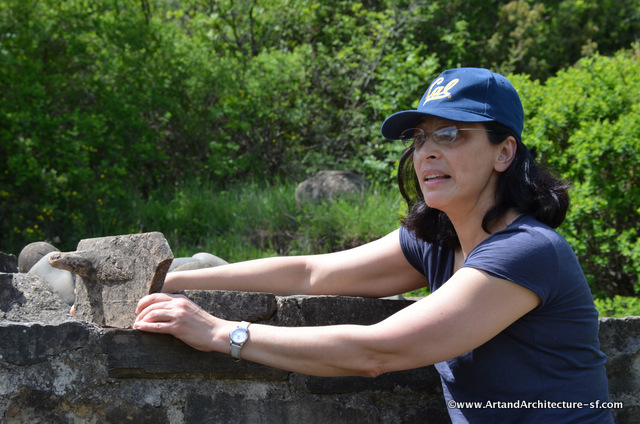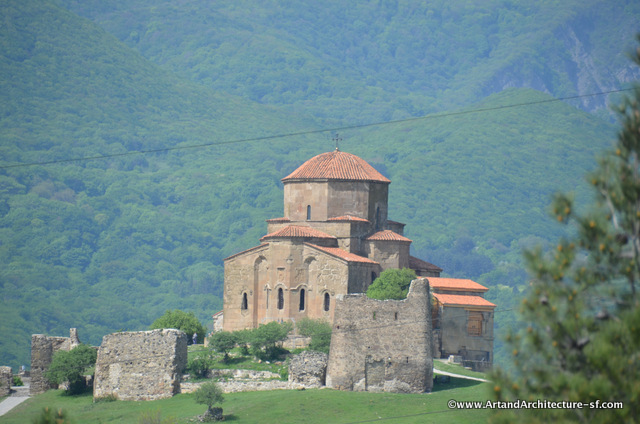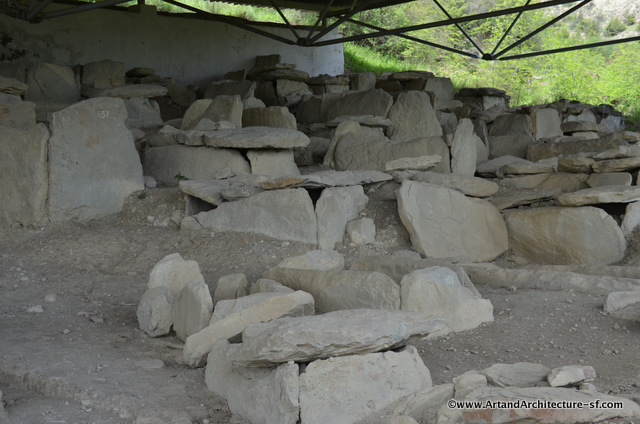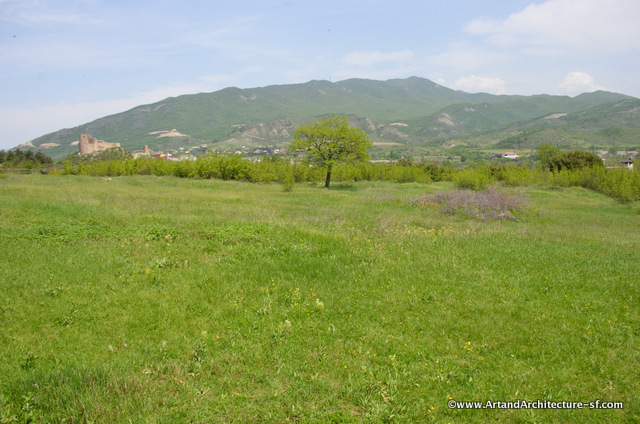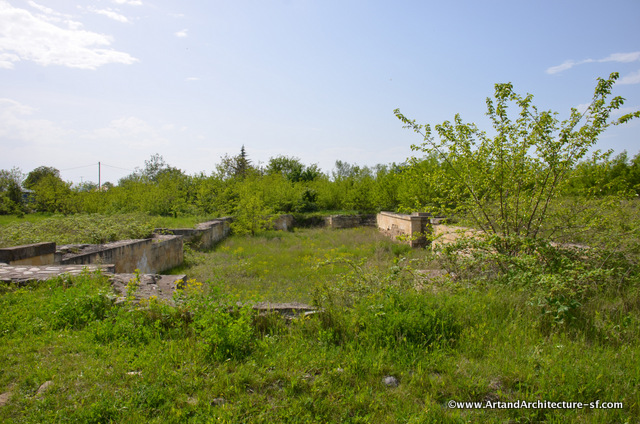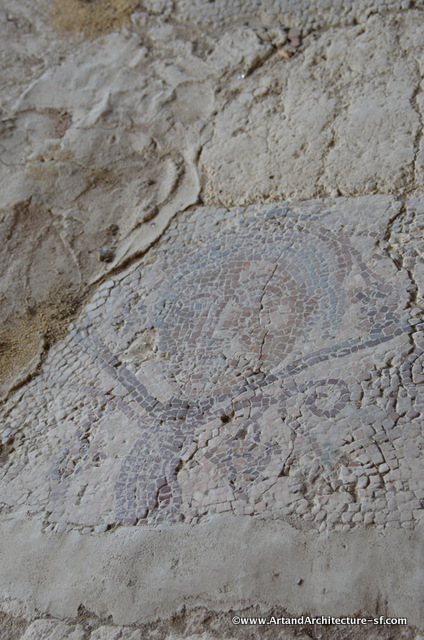May 112014
May 2014
We began our day heading straight out of Tblisi to Kutaisi. Today was an entire day of archaeological sites and a very, very long day in the bus, so not too many photographs.
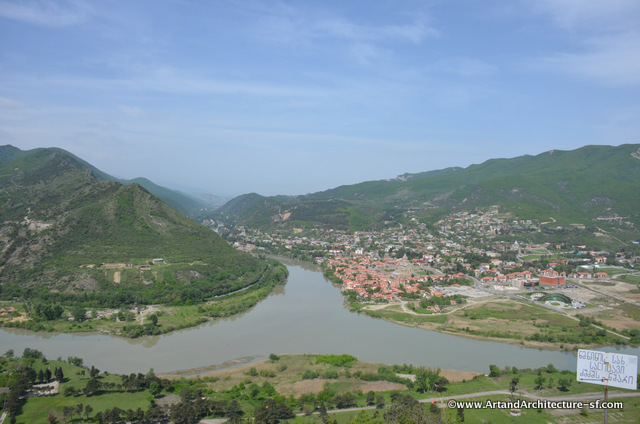 This is an archaeological group and our visiting professor is Gocha Tsetskhladze, who is Georgian, studied at Oxford, was there during the breakup of the Soviet Union, thus becoming stateless and now teaches in Melbourne.
This is an archaeological group and our visiting professor is Gocha Tsetskhladze, who is Georgian, studied at Oxford, was there during the breakup of the Soviet Union, thus becoming stateless and now teaches in Melbourne.
He has explained how difficult it is to be an archaeologist in Georgia, and why the sad state of the sites we visited.
Archaeology under the Soviet rule was a fairly good field. There was money for museums, which meant there was money for digs. After the breakup of the Soviet Union there was no money at all. Gocha told a story of how during the 1990’s to about 2006 it was so difficult that one of his colleagues that still lived in Georgia built a cage on the window of his apartment to raise chickens just so his children would have food. He simply stated that there is no way to say how awful it was. There was no food, no heat, and no jobs. It is still difficult for anyone over the age of 40 as they were so accustomed to the government providing all, and of course that is just not the case now.
With this situation archaeology has been put on the back burner. Yes, there are quite a lot of outside countries that are dying to come in and help, but the government here will not allow anyone to dig without a supervising Georgian archaeologists, and of course, most of them have moved out of the country. There is also the classic higher educational silliness. In other words, they don’t want other countries to come in because the Georgians want to be able to own all publications that result from any knowledge gained during any dig that occurs.
There was a short period where there was some expeditions occurring and that is where the three sites we visited began. Sadly, once these sites were opened they were robbed, so much of the more important sites have literally been covered over with dirt to protect them.
The first site we saw was prepared for tourists with signage, however the others were not. It appears to me that there is hope that this can become one way of obtaining financing.
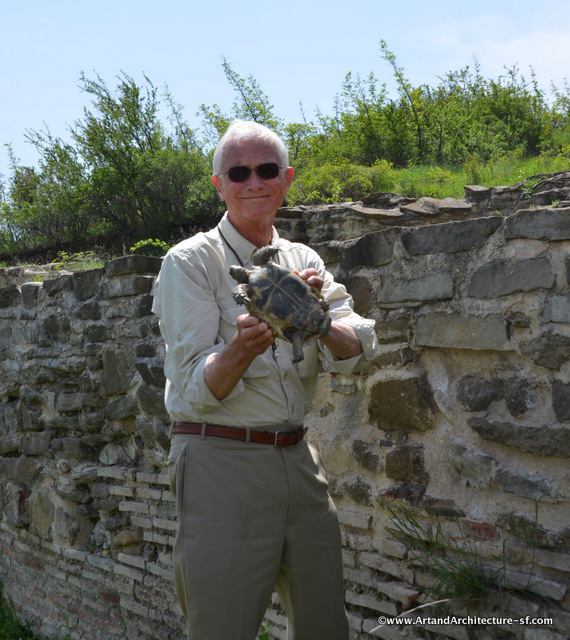 The other form of archaeology they have here is Pipeline Archeology. When the pipeline was dug between the oil producing country of Azerbaijan through Georgia the oil company was given 5 meters on both sides of the pipeline to dig. The archaeologists were right there with them. They found thousands upon thousand of items. The down side of this was that it showed them how rich a site it was, but they couldn’t dig further than the 10 meters in width. While anyone can understand the frustration, I would assume that the lack of dollars to do a decent dig would have put an end to the entire venture anyway. They did however publish three volumes regarding what they found.
The other form of archaeology they have here is Pipeline Archeology. When the pipeline was dug between the oil producing country of Azerbaijan through Georgia the oil company was given 5 meters on both sides of the pipeline to dig. The archaeologists were right there with them. They found thousands upon thousand of items. The down side of this was that it showed them how rich a site it was, but they couldn’t dig further than the 10 meters in width. While anyone can understand the frustration, I would assume that the lack of dollars to do a decent dig would have put an end to the entire venture anyway. They did however publish three volumes regarding what they found.Mtshkheta was our first stop for the day. Our first site was Bagineti and our guide was a delightful Georgian girl that was a George Soros scholar from UC Berkeley. Mtshketa was the capital of the Eastern Georgian Capital of Iberia from the 3rd to the 5thcentury BC.
I will digress for a moment here. The use of the name Iberia can be confusing. The name comes from the same Iberia of Spain. It is not known if people started in Georgia and migrated to Spain with the name, or vice versa.
We visited a church, of course. This is Jvari, one of the first Christian churches in Georgia. Georgia’s conversion to Christianity took place in the Mtshkehta area in 337 AD, and the Orthodox churches built during this period are considered among the finest in the country.
We then visited the Samtavro Valley Site cemetery. An amazingly old and diverse cemetery. The languages they found consisted of (amongst others) Georgian, Greek, Roman and Aramaic, showing there was a large Jewish population at the time. There are more than 4000 graves in this area and they date from the 8th century BC to the 8th century AD
*
Our third site was Dzalisi. First thing that you come across in the excavation is the Kings (from the Karlti Kingdom also known as Iberia) olympic sized pool dating from the Roman time. Then the Roman-style baths, where the most concentrated effort is taking place, with the first mosaic that I have seen since we arrived in the Caucusus.
*
We are spending the night in a little “B&B” type spot. It is actually an expanded home of a woman known as Lali. The accommodations are sparse but the homemade wine is good. (or at least it is after an entire carafe). We are in the second largest city in Georgia, and yet it is so impoverished that there is no hotel for tourists. The locals have made up for it by turning their homes into these little guesthouses and hostels, serving homemade food and homemade wine with monk size rooms and boat style bathrooms. At this point our group is so cohesive it has turned into a wonderful adventure and a whole heck of a lot of fun, and they obviously have wifi!
